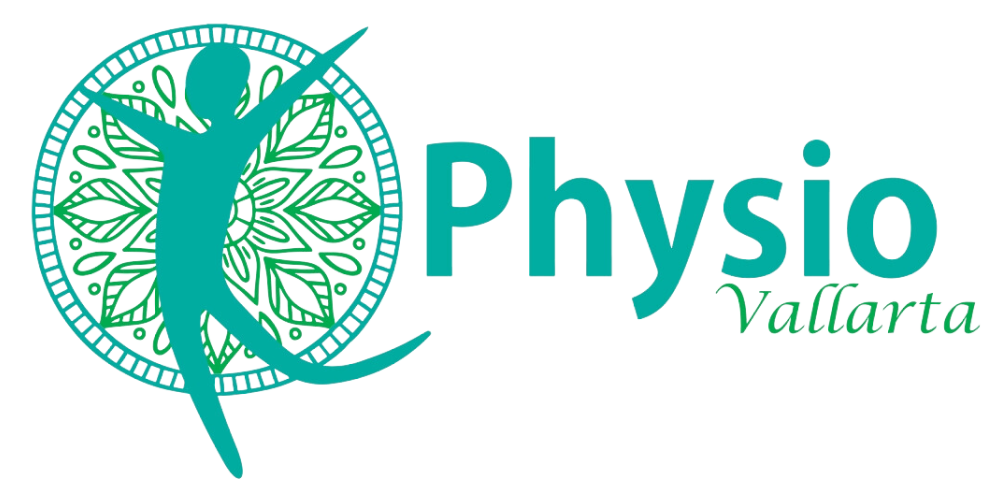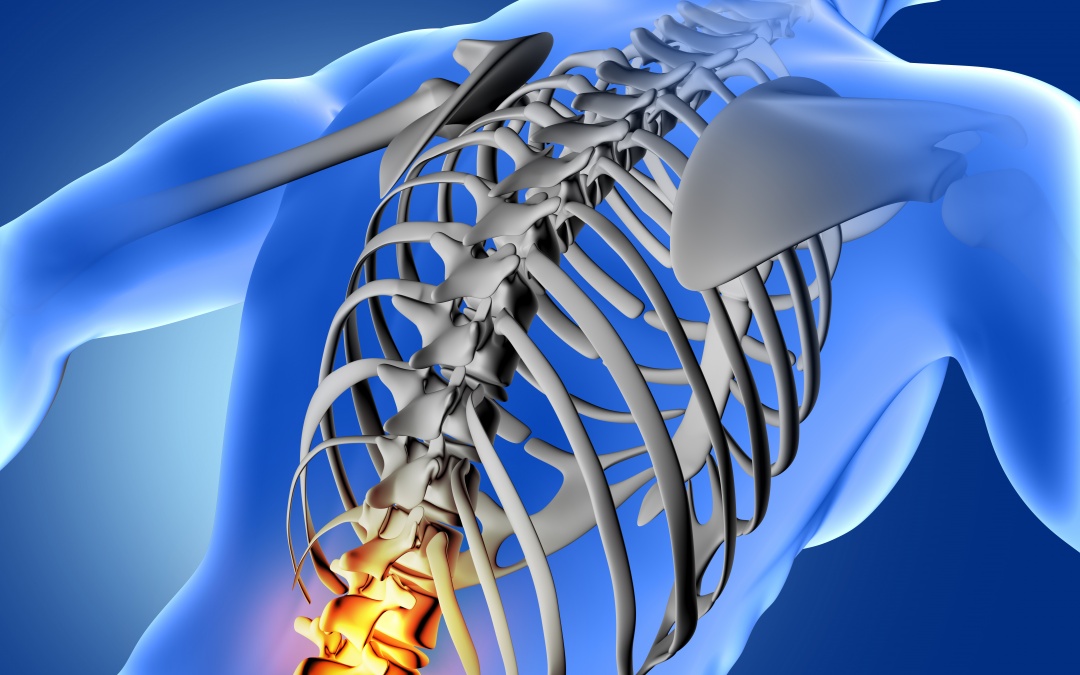Currently the general population is living longer; however, from the first decade of life, a degenerative process also begins which, according to the medical dictionary, refers to the alteration of tissues or organs with a loss of structural and functional characters, of which the spine is an important part.
Aging of the components of the spine may be related to cellular genetics and / or to the exposure of tissues to forces and loads throughout their lives.
Changes related to age and degeneration produce alterations in the mechanical properties of the intervertebral disc, going from a solid stage, decreasing elasticity. Once the degenerative process has begun, a series of biochemical and biomechanical factors begin to interact, creating a vicious circle and progressively increasing the degenerative process.
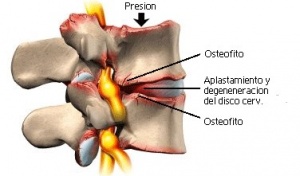
What are the symptoms of the Degenerative Column?
The onset of symptoms can begin between 40 and 65 years of age; The main symptoms are pain in the lower spine, which can be accompanied by burning pain like “sciatica” in one leg or both. In more advanced cases, intermittent claudication may occur (pain and tiredness in both legs when walking approximately 3 blocks), loss of strength and / or sensitivity of the legs.
How is this disease treated?
The treatment of this disease consists of three phases, the first phase consists of a specific nerve analgesia to decrease pain, accompanied by a good strengthening of the muscles of the spine since this helps us stabilize it and thus reduces pain upon movement. In the event that this treatment does not improve enough to provide a good quality of life to the patient, the second phase of treatment is carried out. In this phase a minimally invasive procedure is carried out, which consists of injecting an anti-inflammatory in the part of the spine where it shows degeneration and in the area where the injured nerve is located; This type of treatment works in approximately 50-60% of the population.
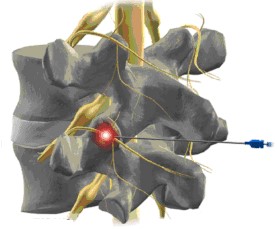
When the treatment phase one and two does not improve the patient as we would really like, the next step is surgery, either a conventional procedure or a minimally invasive procedure.
What does the surgery consist of?
First, preoperative planning is of utmost importance, this means proper planning using radiographic measurements to determine what each patient needs for an adequate correction. There are 3 major objectives of each surgery, the first is to perform a nerve release, second to stabilize the spine with implants (Screws, Bars and Boxes) and third, to place a bone graft for proper arthrodesis.
What is minimal invasive surgery?
Minimally invasive surgery is something new in all areas of medicine, and in spinal surgery it is not far behind; In the spine, this type of treatment consists of carrying out the same objectives as previously discussed, doing less damage to the muscle and adjacent tissues and thus having a faster and less painful recovery.
Not every patient is a candidate for this type of surgery, the symptoms, anatomy, as well as the previously assessed sagittal balance must be assessed.
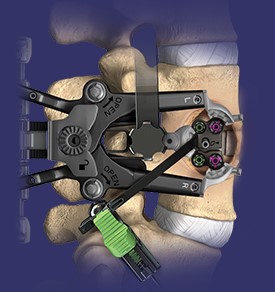
Dr. Gustavo Navarro Cueva
Spine Surgery Specialist
If you like to contact us you can do it through the following means:
+52 322 365 0721
We are also available to assist you via WhatsApp
https://www.facebook.com/PhysioPV/
https://www.instagram.com/physiovallarta/
